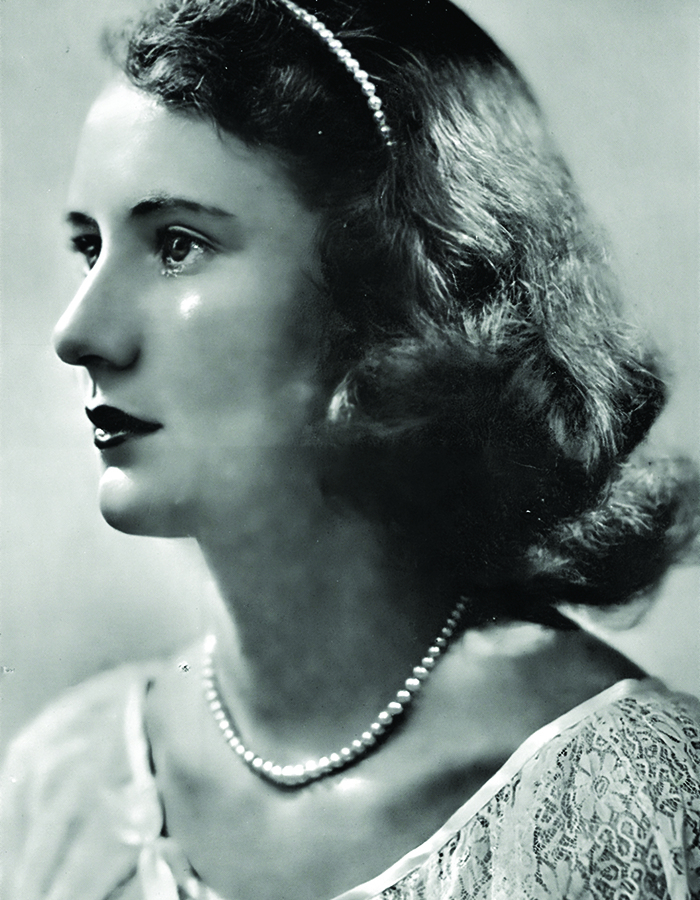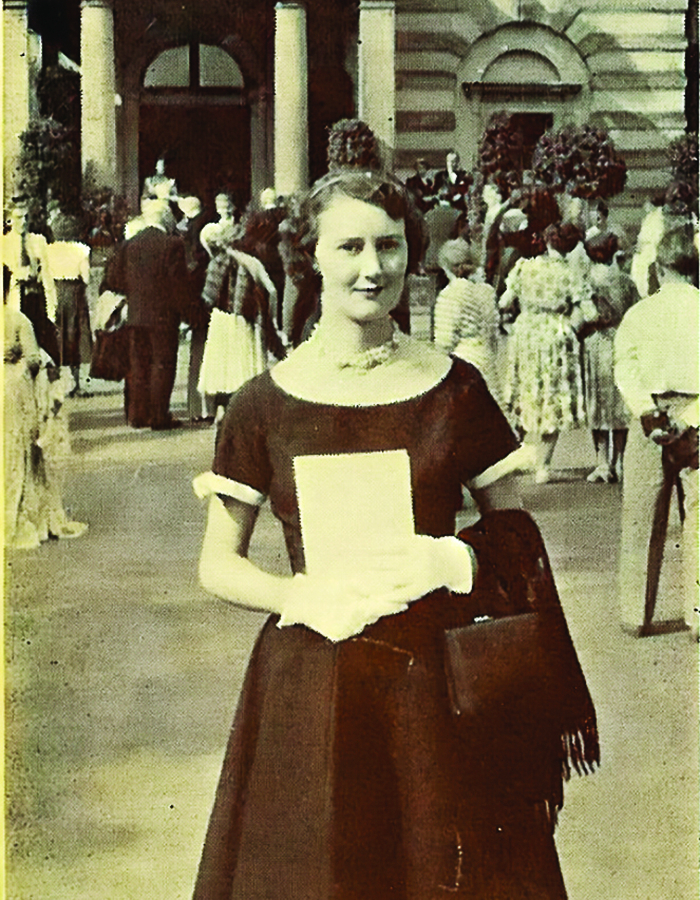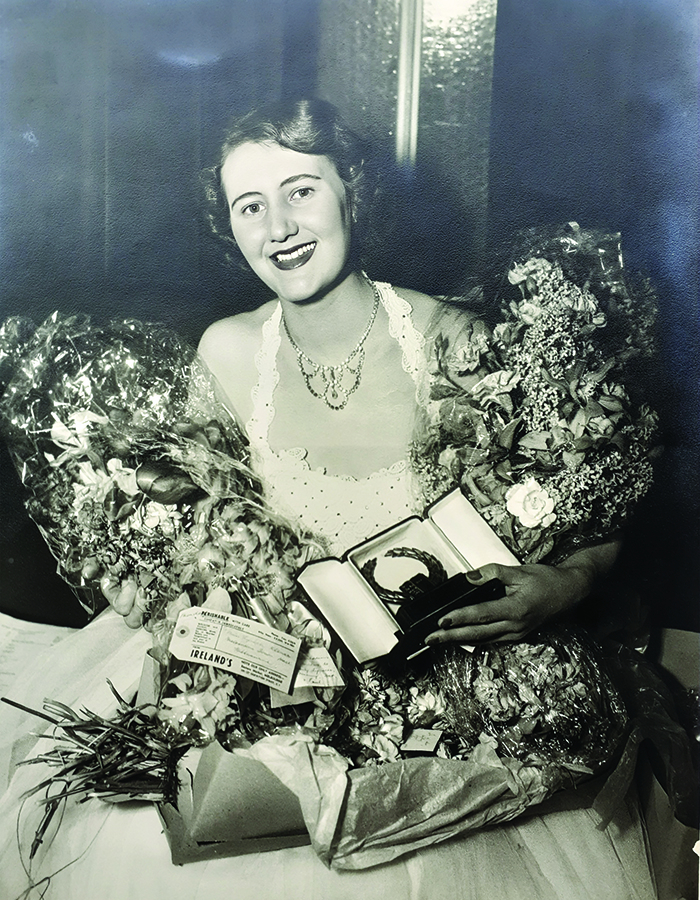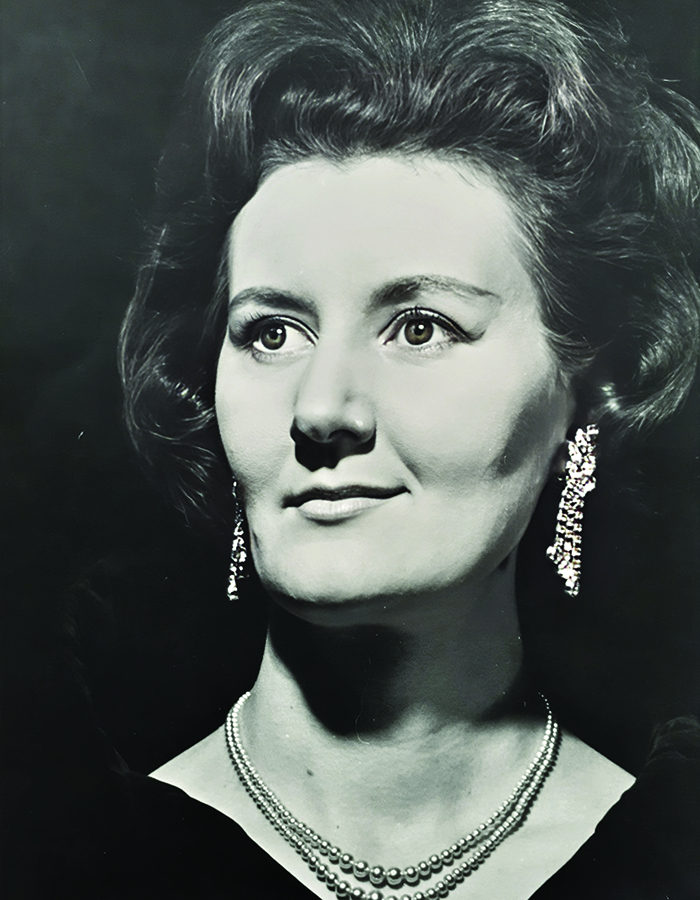The Sound of Music - Alumni Story
13 July
Born in 1928, Lynette Kierce began her education with the Sisters of Mercy at Sacred Heart College (SHC) in 1933 as a four-year-old. She immediately began piano and violin lessons, which saw her love of music nurtured from a very early age. When the college first opened in 1881, the very first students were students of music, and the abilities of both the Sisters and the aspiring music students were widely known.
Lynette’s dedication was such that she would rise at 4 am each day so that she could get in four hours of violin practice before the school day began. Lynette was an exceptional soprano as well as an accomplished pianist and violinist and, during her school years, was taught by internationally renowned musician Gertrude Healy (later Sr Catherine of Sienna). Gertrude Healy had herself been one of the early students of SHC before finding international success playing the violin. She taught at the Melbourne Conservatorium of Music before returning to Ballarat to conduct the SHC orchestra.
Upon graduating from SHC in 1947, Lynette gained a scholarship to attend the Conservatorium herself, commuting from Ballarat on the train where she would practice her violin should she be lucky enough to strike an empty carriage. As well as the violin, she studied vocals, German, and Italian, and she was a two-time Ormond Scholarship winner during her time there. In 1949 Lynette founded the SHC Old Collegians Orchestra, a triumphant venture as many of the Ballarat Sisters of Mercy who had taught them had been renowned musicians themselves, sometimes on an international level. From these successful beginnings, Lynette led the group to form a full symphony orchestra. This was a remarkable achievement, as at the age of 23 Lynette was the only female orchestral leader in Australia at that time.
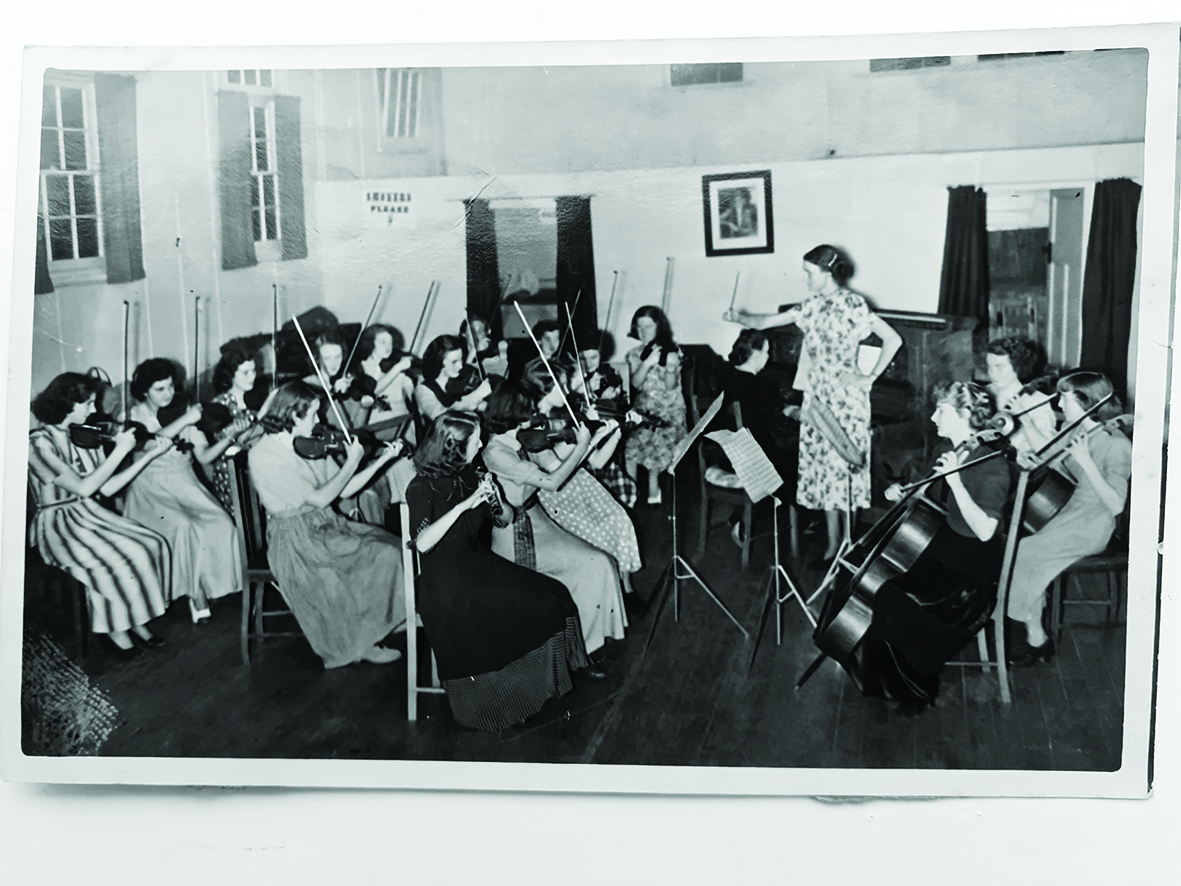
As the founding conductor of the Ballarat Symphony Orchestra, Lynette faced many challenges. Lynette invited local musicians to join but many were reluctant to accept not only a female conductor but such a young and as-yet-unknown one at that. She also faced difficulty finding music for the orchestra to play and it was often up to Lynette to arrange and painstakingly copy music by hand, working late into the night in order to have music ready for rehearsal the next day. Eventually she was given permission to borrow musical scores from the Conservatorium. Lynette led her group of 65 amateur musicians in around 12 performances a year, playing at regional centres and using their performances to raise money for charity.
In 1953, Lynette won the ABC Concerto and Vocal Competition and then the Melbourne Sun Aria, which left her facing a difficult choice – to continue conducting and face the challenges that would bring as a woman or to focus on her vocal talents. Lynette chose vocals and travelled to Europe where she entered the Vienna Academy of Music (as it was then known). In 1956, shortly before the birth of her daughter Isolde, Lynette moved to London. Here she studied with many famous names including Italian tenor Antonio Notariello, English baritone Clive Carey and Austrian singer Helga Mott. Her stage performances included the roles of Leonora in Beethoven’s Fidelio, Dido in Henry Purcell’s Dido and Aeneas, Seiglinde in Wagner’s Die Walkure, Tosca in Puccini’s Tosca, and Idamante in Mozart’s Idomeneo.
Lynette and Isolde moved back to Australia in 1967 and, in the late 1970s, Lynette returned to SHC for a year as a teacher of World Music. They then lived for a time in Tokyo and then London once again until Lynette passed away in 2014. Lynette believed that music should be enjoyable and, as such, she conducted her orchestra with a policy of inclusivity. She arranged scores to suit the different skill levels of members to ensure that Ballarat musicians were able to continue their enjoyment of music once their school years had ended, no matter their level of talent.
With thanks to Lynette’s daughter Isolde Standish for providing material for this piece.
If you enjoyed this article from The Road - Autumn 2023 edition we invite you to read more by clicking the link below to the full edition.
